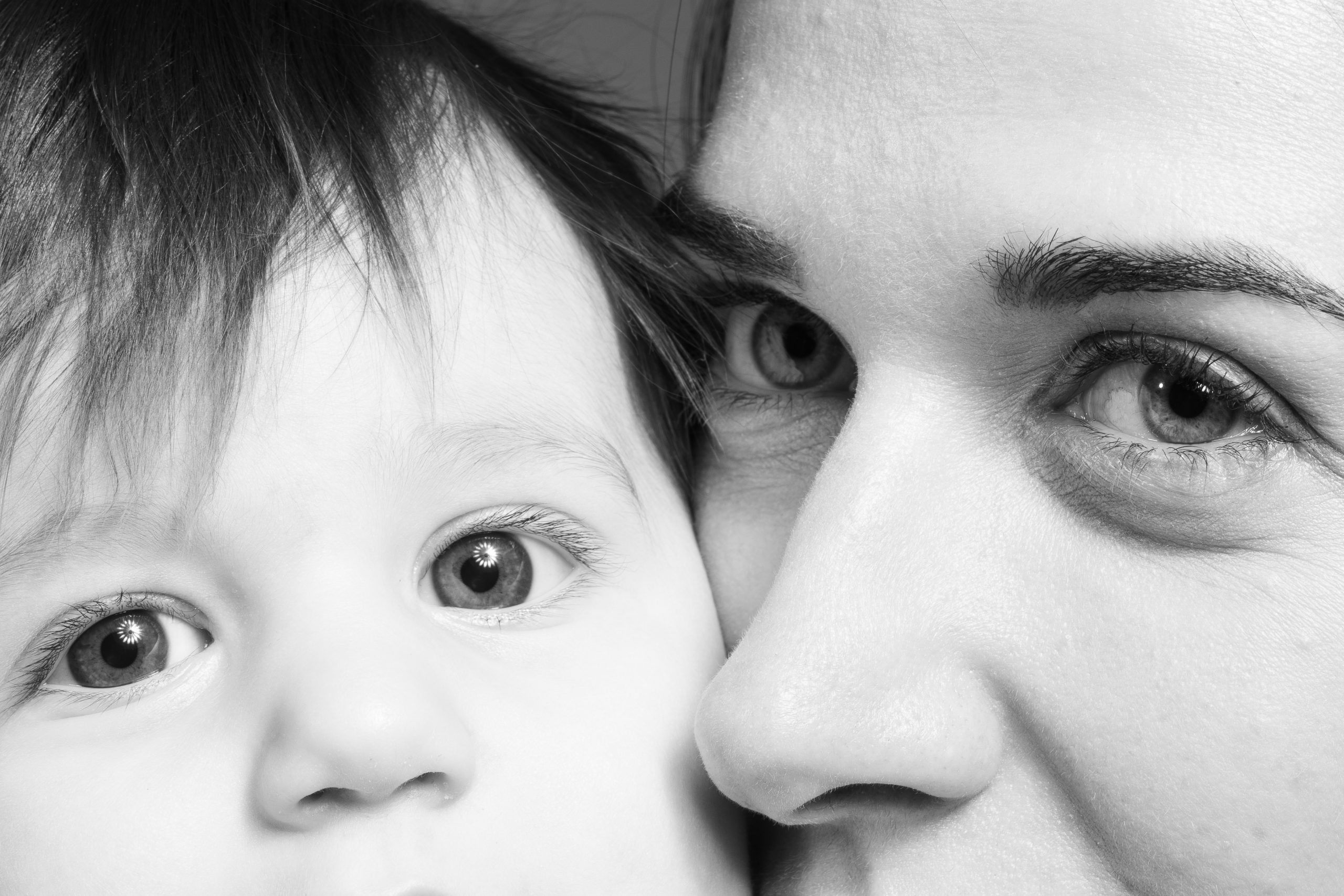
One of the commonest conditions we treat, ptosis refers to the height of the upper eyelid drooping, leading to a smaller eye on one or both sides.
How common is congenital ptosis?
Children of all ages presenting with a droopy eyelid will on most occasions suffer from congenital ptosis. This is an uncommon (1 or 2 per thousand births) condition, very often but to a variable extent, running in families.
In contrast to adult onset ptosis, ptosis in children requires prompt specialist assessment and often prompt repair in order to prevent irreversible sight impairment. This is because up to the age of 6 or 7 years, the area of children’s brain responsible for interpreting what the eyes see requires a constant feed of vision in order to develop and remain active.
If this visual feed is impaired by a droopy eyelid, the central nervous system then ignores the covered eye in preference to the uncovered eye and allows the wiring to the former to atrophy, thus leading to a lazy eye, or amblyopia. In cases where this process is occurring or is at risk of occurring, prompt eyelid surgery can prevent or reverse the process and allow for the excellent development of vision in a child.
It should be noted that not all childhood ptosis risks setting off the above process. A thorough assessment and surveillance however by an oculoplastic surgeon in collaboration with a paediatric ophthalmologist is of vital importance in order to pick out the at-risk cases and when required, offer management.
What does ptosis repair in children involve?
Ptosis repair in children can be both more challenging but also often more beneficial.
Depending on the severity of the droopy eyelid, the effect it causes on the child’s vision, head posture and psychosocial wellbeing, surgical correction can be offered.
Dr Koutroumanos has a particular interest in the management of congenital ptosis repair and regularly receives tertiary level referrals from a number of countries.
A variety of surgical techniques are available all of which are carried out under general anaesthetic. The choice of technique is based on the child’s age, severity of ptosis and the strength of the eyelid muscle. Maintaining the safety of the eyes and providing a lasting natural and functional outcome is kept central to any treatment carried out.






